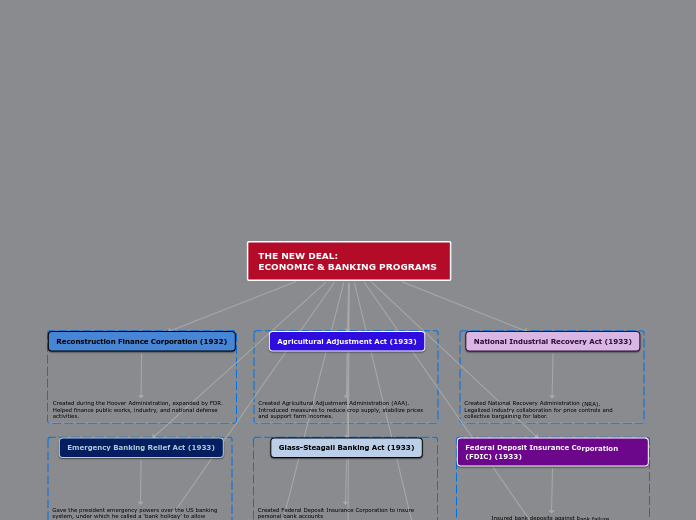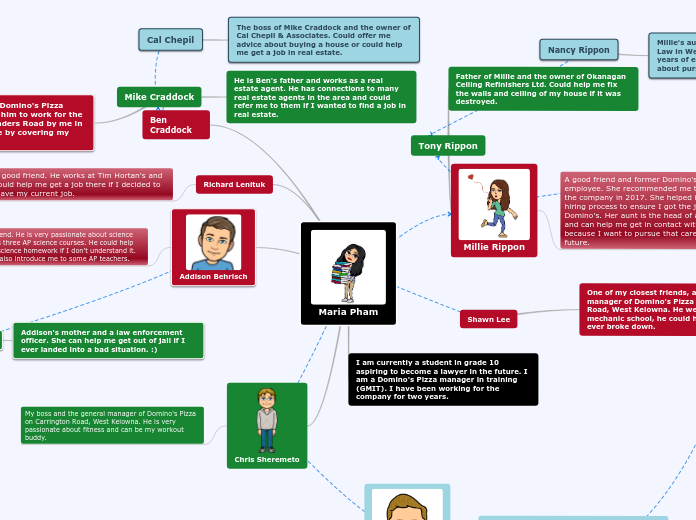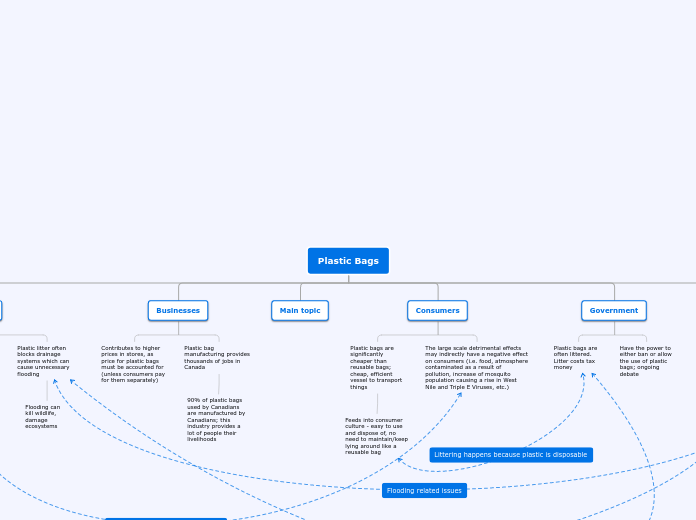av mark francisco 5 år siden
316
THE NEW DEAL: ECONOMIC & BANKING PROGRAMS
In the 1930s, the United States implemented a series of economic and banking reforms known as the New Deal to address the Great Depression's challenges. These programs aimed to stabilize various sectors, including banking, agriculture, finance, and industry.









